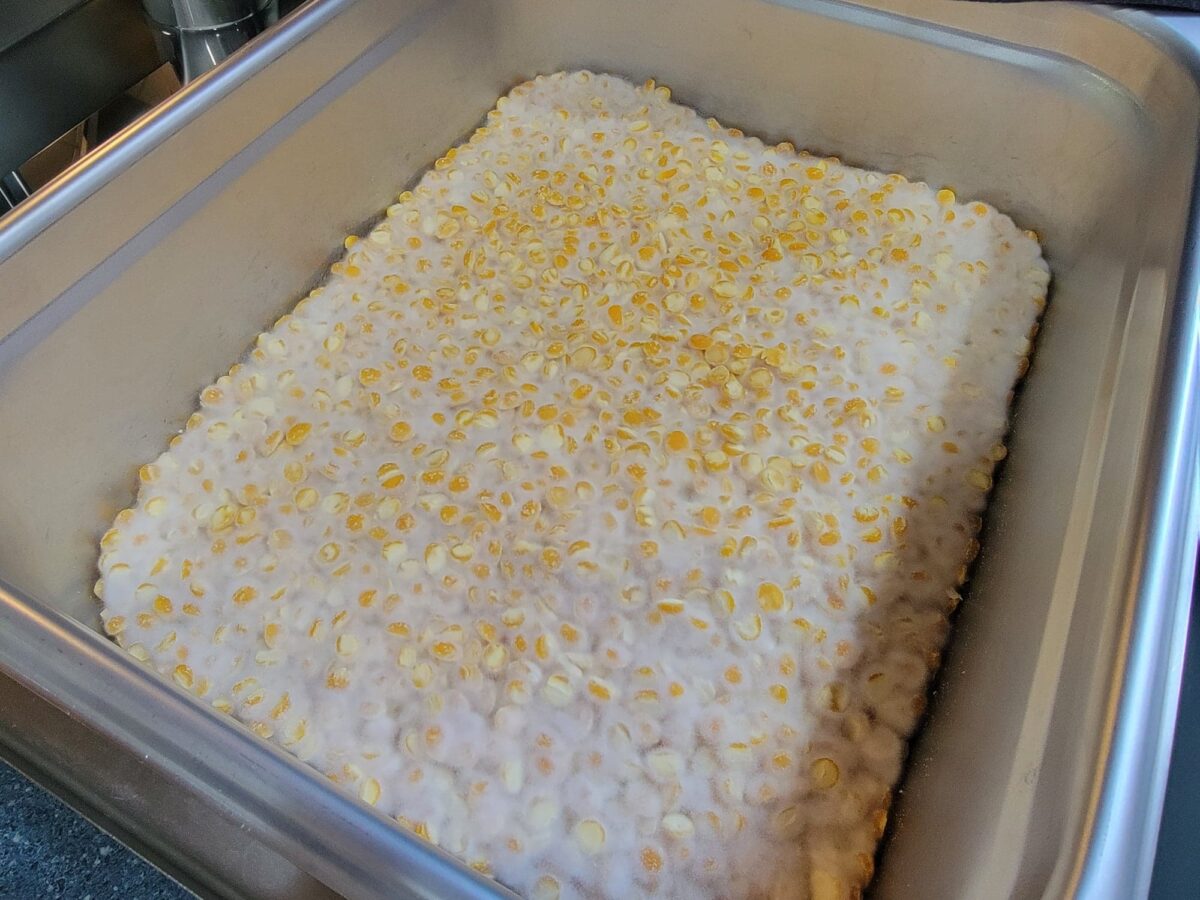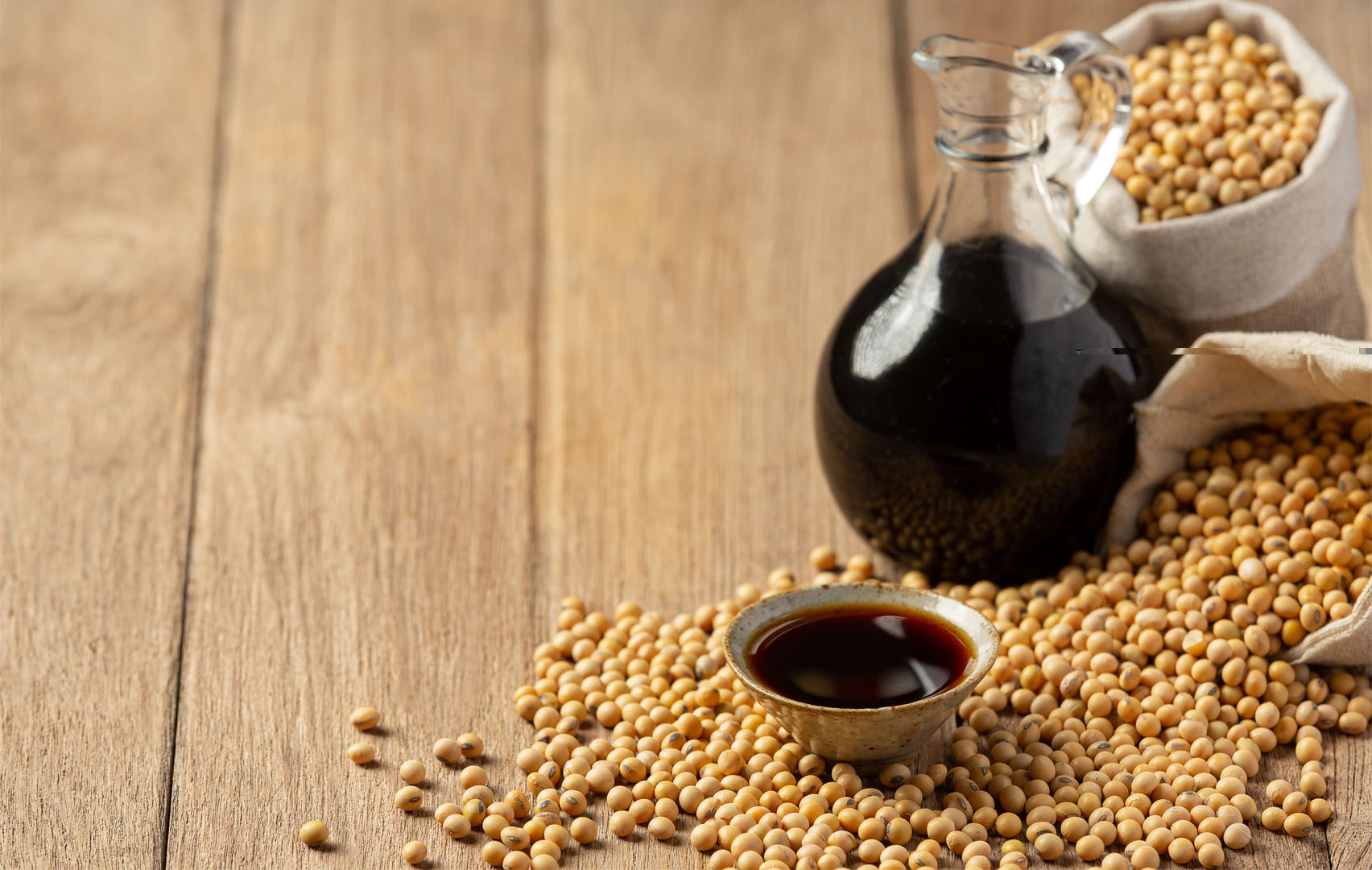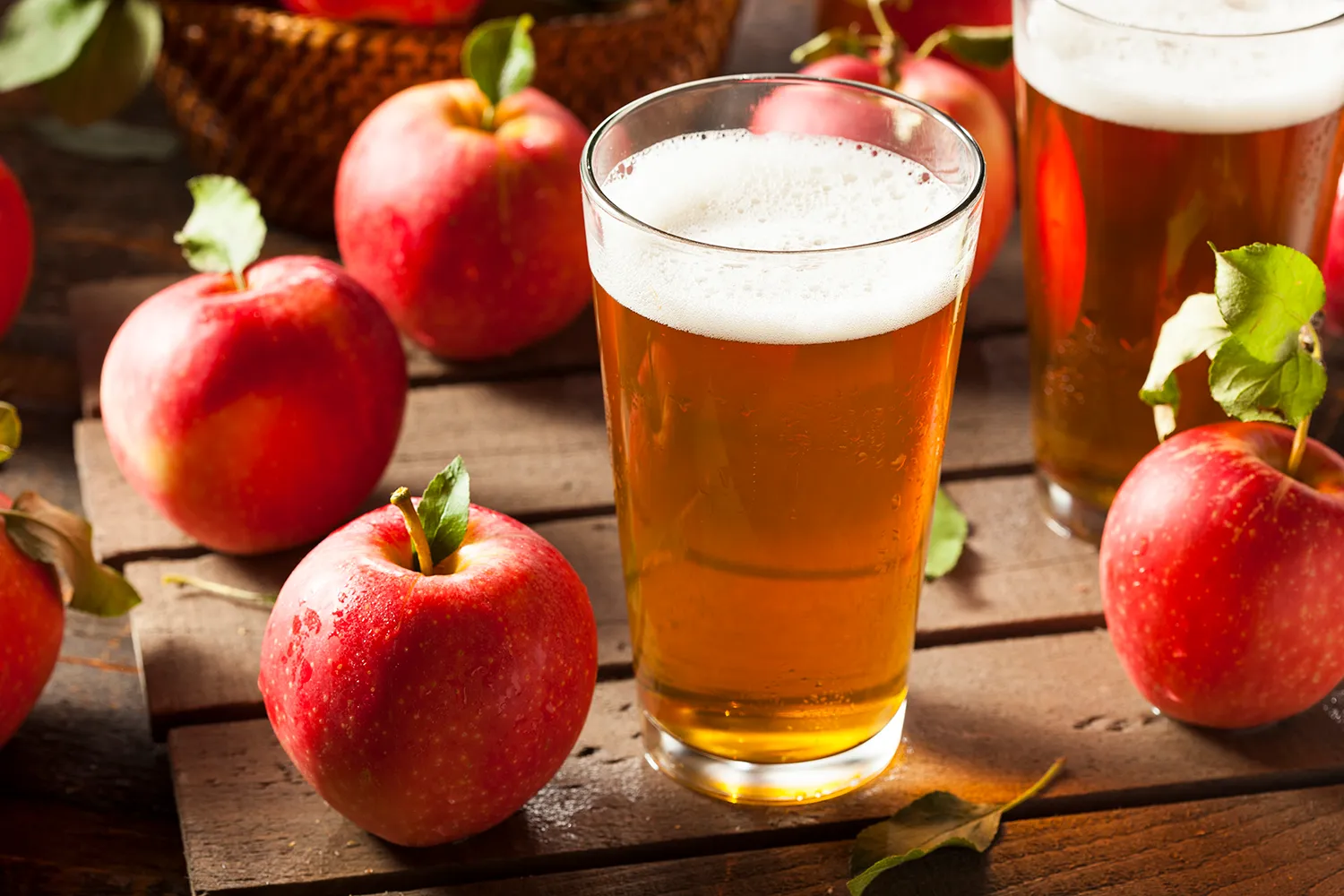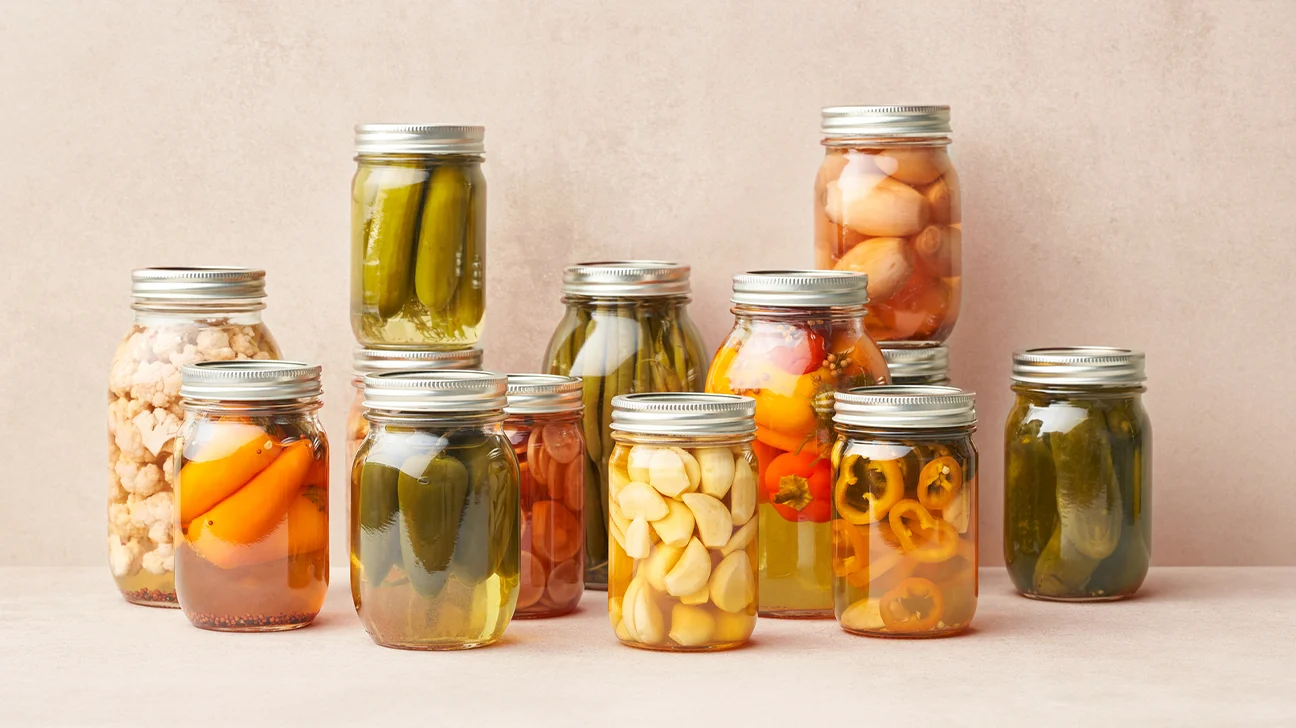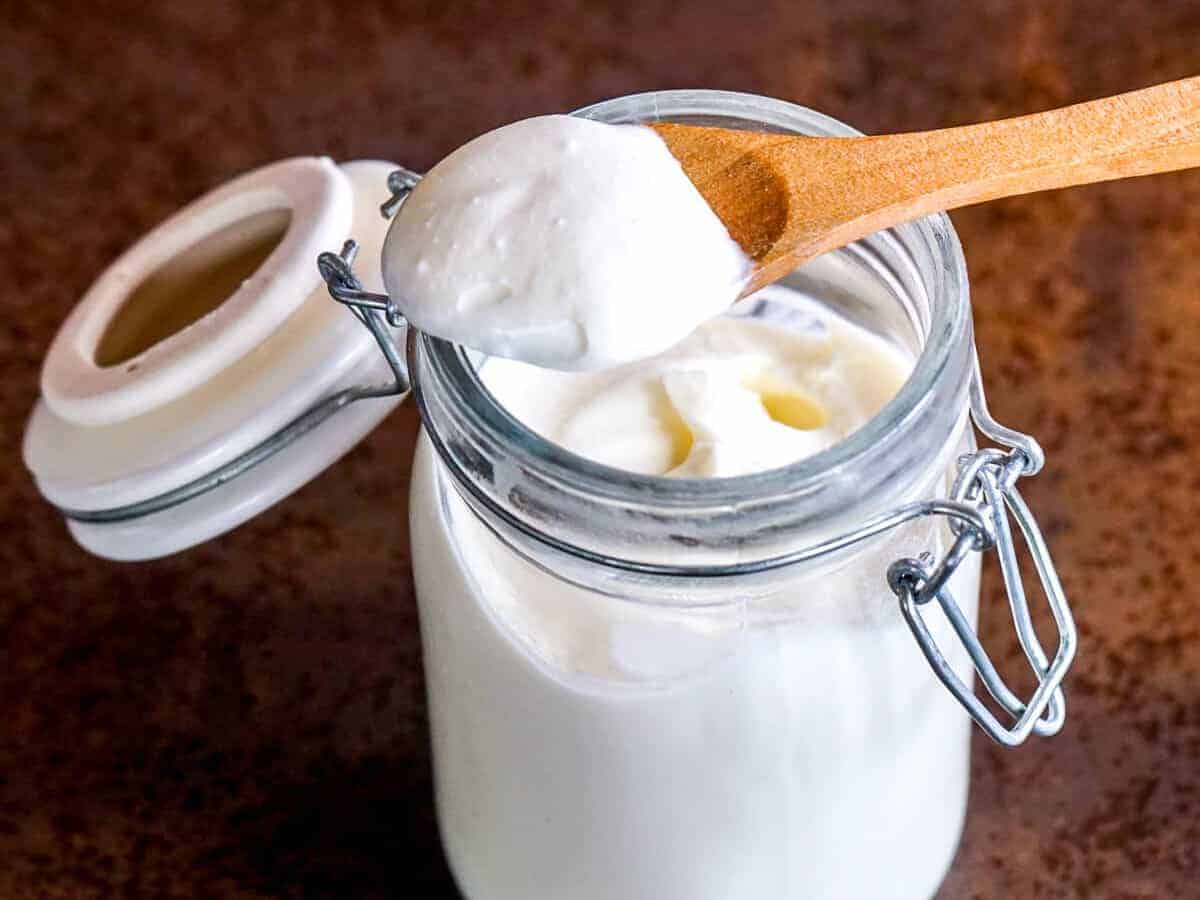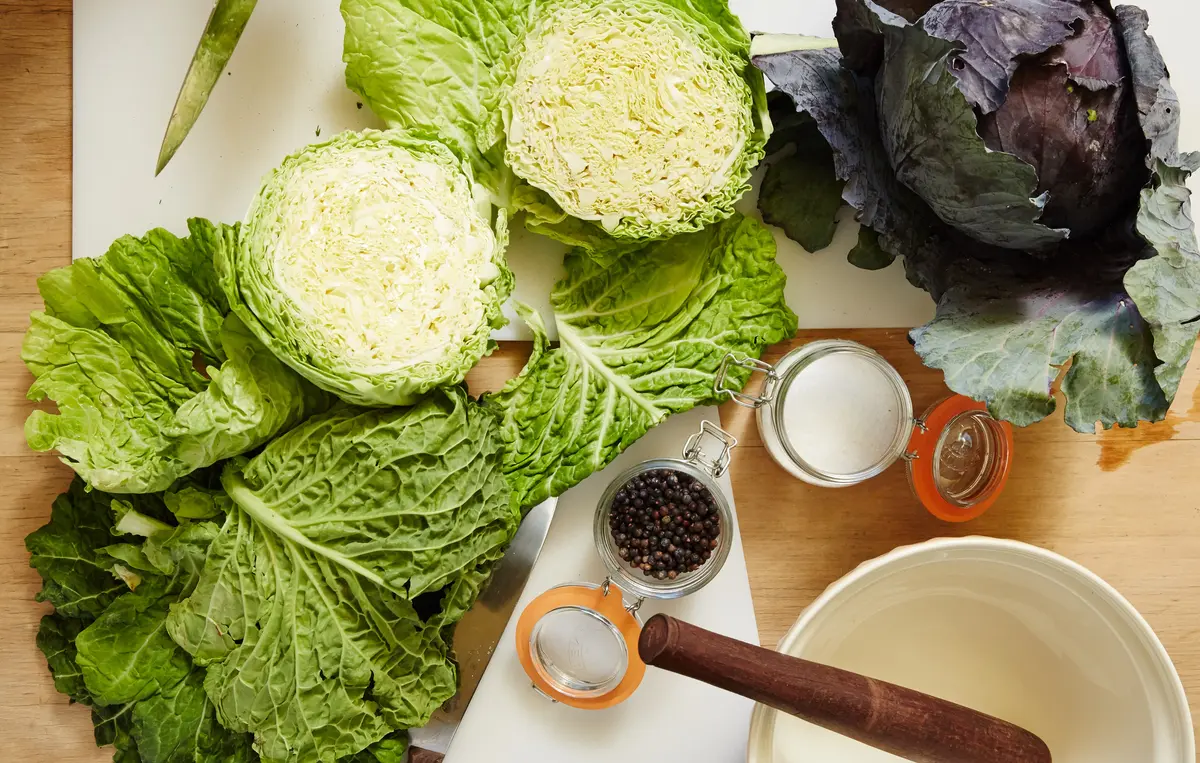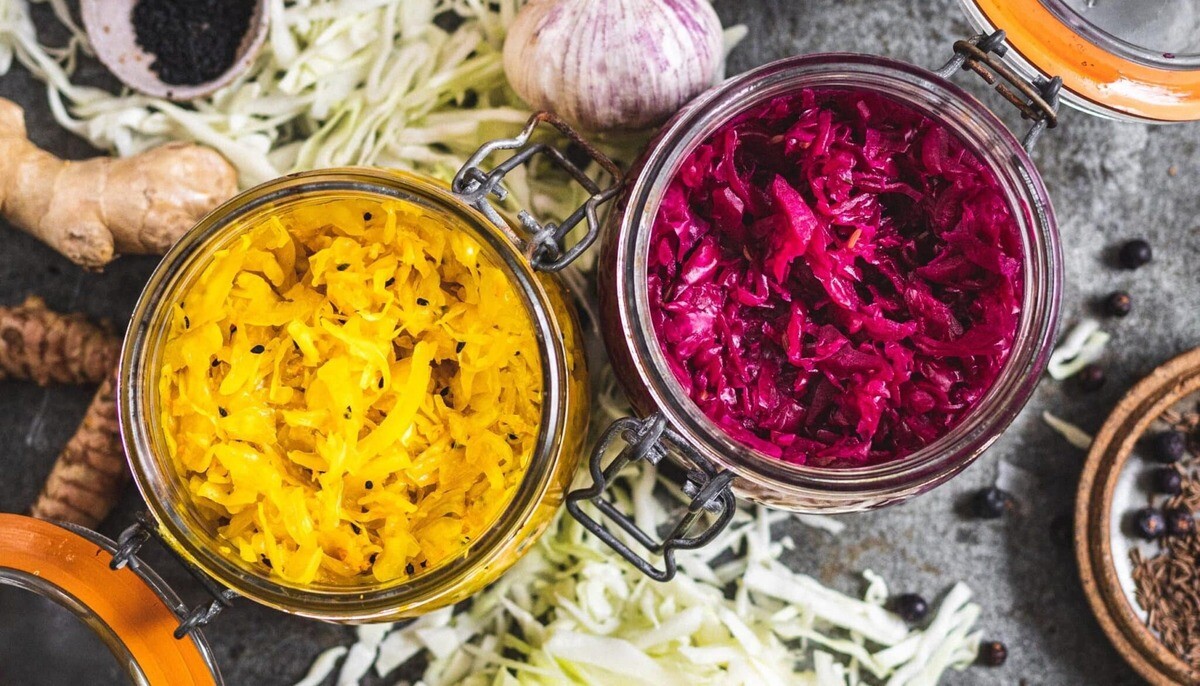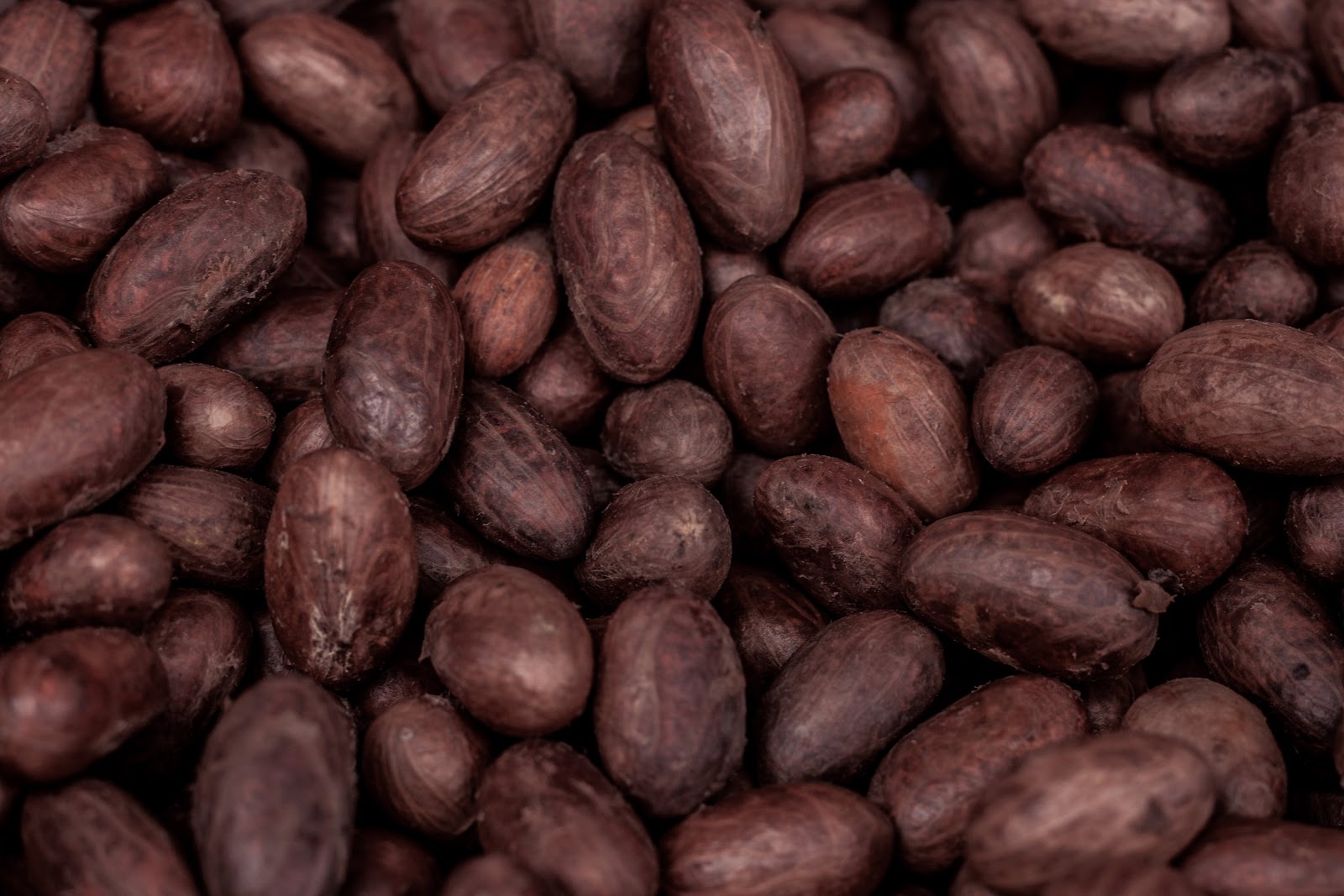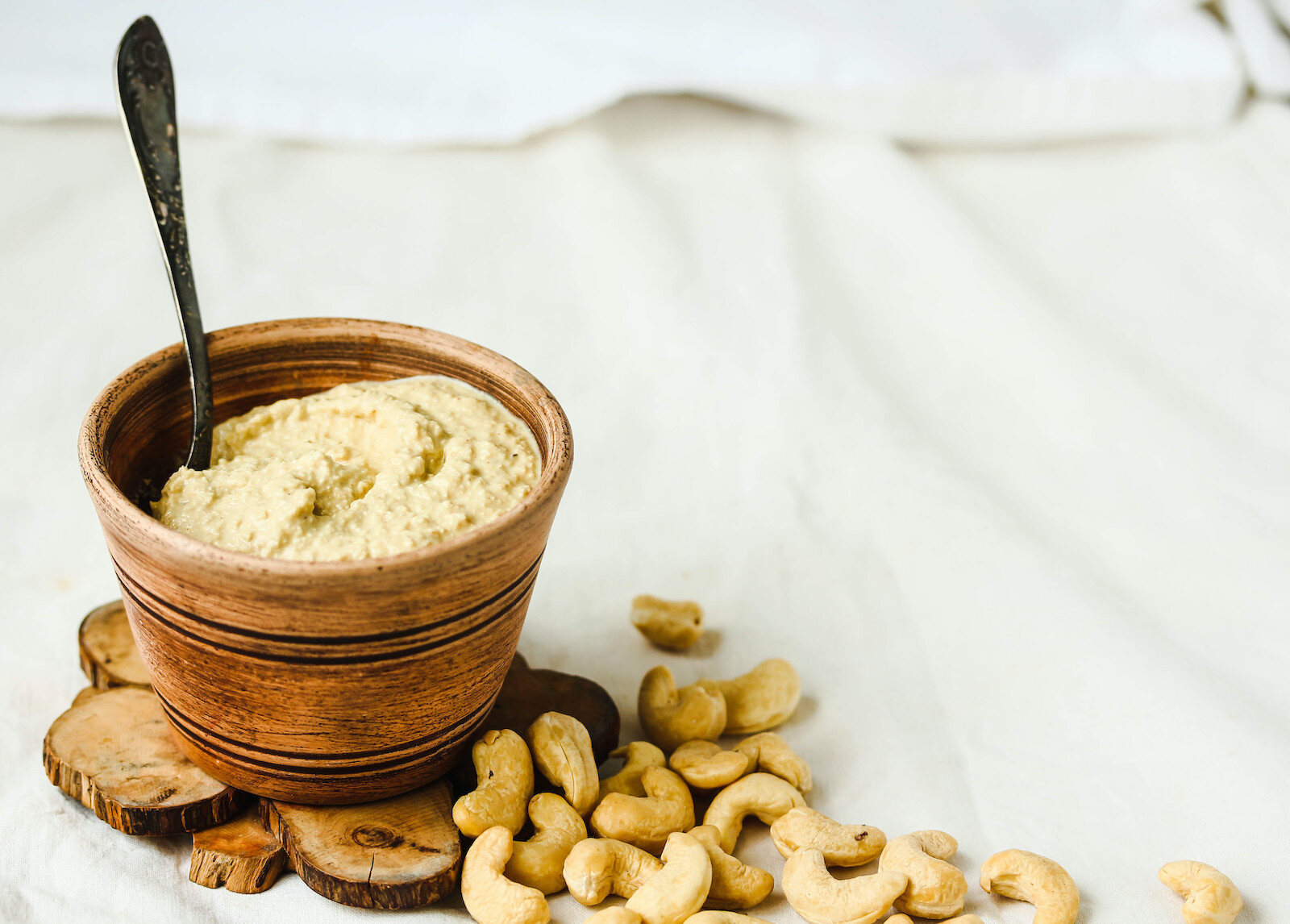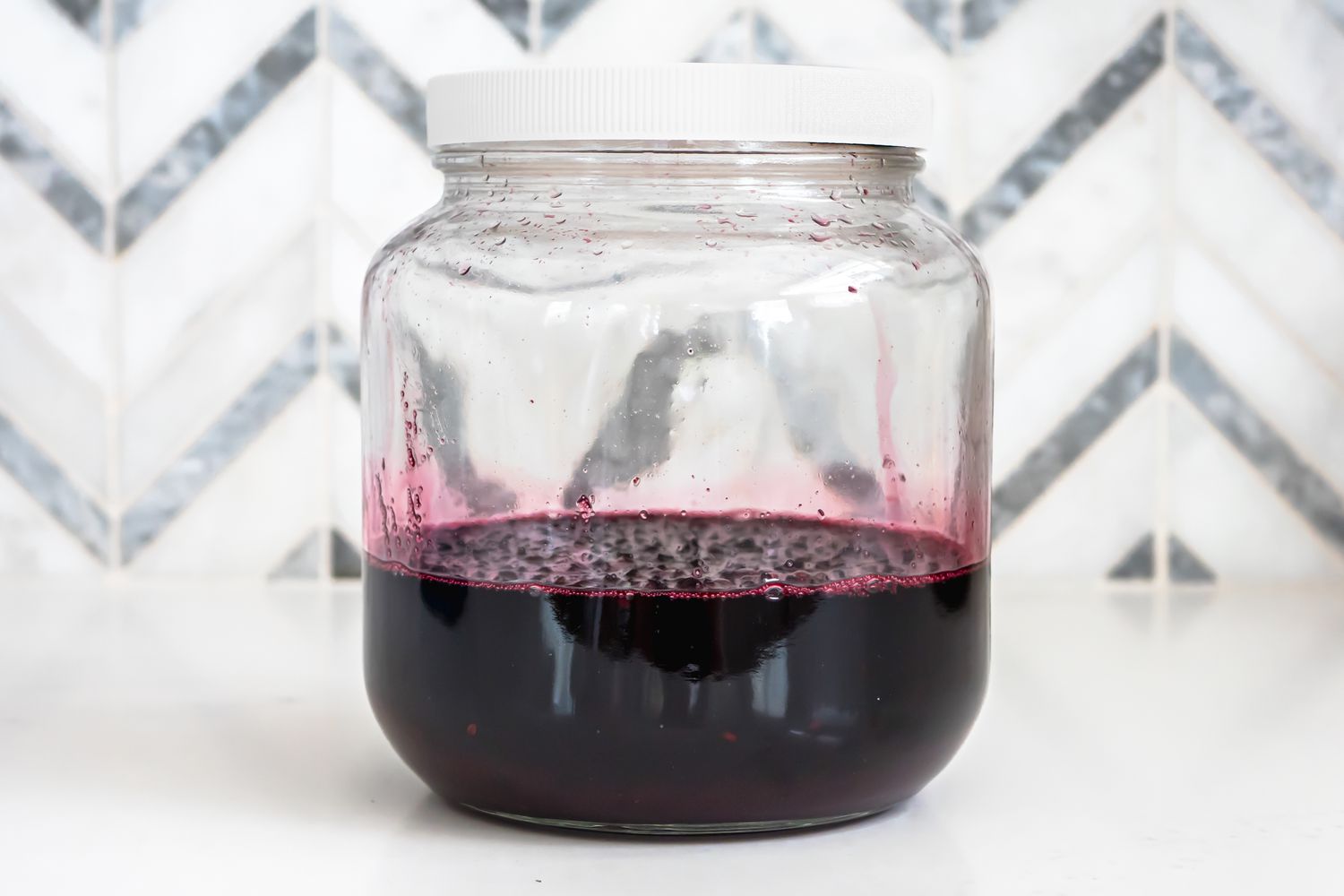Discover the Art of Fermenting Peppers for Homemade Hot Sauce
Welcome to the wonderful world of hot sauce making! If you’re a fan of fiery flavors and enjoy experimenting in the kitchen, learning how to ferment peppers for hot sauce is a game-changer. Fermentation not only enhances the taste and complexity of the peppers but also adds a delightful tanginess to the final product. In this guide, we’ll walk you through the step-by-step process of fermenting peppers to create your very own signature hot sauce.
Choosing the Right Peppers
Before you dive into the fermentation process, it’s essential to select the right peppers for your hot sauce. Choose a variety of fresh peppers that suit your heat tolerance and flavor preferences. Some popular options include:
- Jalapeños
- Habaneros
- Serranos
- Thai chilies
- Ghost peppers (for the daring heat enthusiasts)
Feel free to mix and match different types of peppers to create a unique blend of flavors and heat levels in your hot sauce.
Preparing the Peppers
Once you’ve gathered your peppers, it’s time to prepare them for fermentation. Follow these steps to ensure your peppers are ready for the next stage:
- Wash the peppers thoroughly to remove any dirt or debris.
- Remove the stems and chop the peppers into small pieces.
- Wear gloves to protect your hands from the spicy oils, especially when handling hotter varieties.
By preparing the peppers properly, you’ll set the stage for a successful fermentation process.
Creating the Fermentation Environment
Fermenting peppers requires creating an environment conducive to the growth of beneficial bacteria. Follow these steps to set up the perfect fermentation environment:
- Place the chopped peppers in a clean, sterilized glass jar.
- Add a 2% salt brine solution to cover the peppers completely. (Dissolve 2% of the weight of the peppers in salt in water to create the brine.)
- Place a fermentation weight on top of the peppers to keep them submerged in the brine. This helps prevent mold growth.
- Seal the jar with an airlock lid or a clean cloth secured with a rubber band to allow gases to escape while keeping out contaminants.
Now, your peppers are ready to undergo the transformative fermentation process.
Patience Is Key
After setting up the fermentation environment, place the jar in a cool, dark place and let nature work its magic. Fermentation times can vary depending on factors such as temperature and the desired flavor profile. Check the jar periodically to ensure that the peppers remain submerged and to skim off any surface mold if necessary.
As the peppers ferment, you may notice bubbles forming in the brine, indicating that the beneficial bacteria are hard at work. This is a sign that your hot sauce is well on its way to developing its distinctive flavor.
Blending and Bottling
Once the fermentation process is complete, it’s time to turn your fermented peppers into a delectable hot sauce. Follow these steps to finish the process:
- Remove the fermented peppers from the brine and place them in a blender.
- Add a small amount of the brine and blend the peppers until they reach your desired consistency.
- Taste the hot sauce and adjust the seasoning as needed by adding more salt or a splash of vinegar for extra tanginess.
- Pour the hot sauce into sterilized bottles or jars and refrigerate to halt the fermentation process.
Congratulations! You’ve successfully fermented your own batch of hot sauce, ready to add a kick to your favorite dishes.
Experiment and Enjoy
Now that you’ve mastered the art of fermenting peppers for hot sauce, feel free to experiment with different pepper varieties, spice levels, and additional flavorings to create your own unique hot sauce recipes. Whether you prefer a smoky chipotle hot sauce or a vibrant and tangy habanero blend, the possibilities are endless when it comes to homemade hot sauce creation.
So, gather your peppers, embrace the fermentation process, and get ready to elevate your culinary creations with the irresistible heat and flavor of your very own homemade hot sauce!
Was this page helpful?
Read Next: How To Ferment Black Garlic

